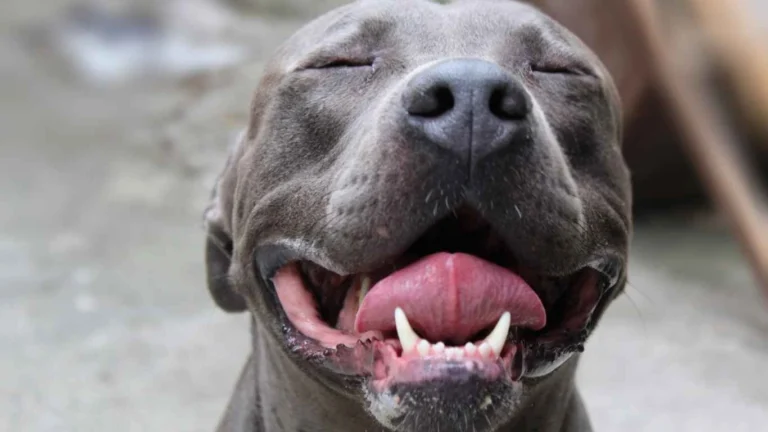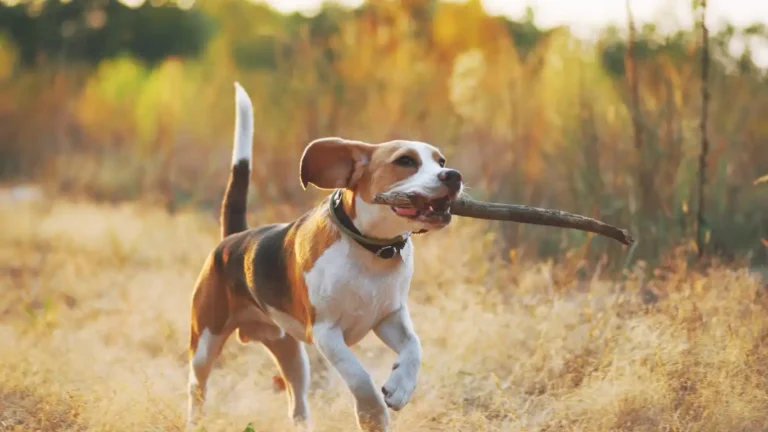How to Keep a Dog from Getting Car Sick: 11 Expert Tips to Prevent Nausea
As a pet nutritionist and care expert working in veterinary clinics, I’ve seen many dogs struggle with car sickness. It’s not just frustrating for your pup but can also make road trips stressful for you. Dogs who are prone to motion sickness can feel uncomfortable, nauseous, and sometimes even vomit during car rides. If you’ve ever had to clean up after your dog while dealing with their discomfort, you know just how challenging it can be. But don’t worry! There are ways to help your dog feel better and keep them calm and happy during travel. So, let’s dive into how to keep a dog from getting car sick, so your furry companion can enjoy the ride alongside you.
Understanding Dog Car Sickness: The Basics
Before jumping into solutions, it’s essential to understand why dogs get car sick in the first place. Dog car sickness is similar to human motion sickness—it happens when there is a conflict between what your dog sees and what their inner ear senses. Their eyes might tell them they’re stationary inside the car, while their inner ear feels the motion of the vehicle. This mismatch leads to nausea, drooling, and vomiting in some cases.
Some dogs are simply more prone to motion sickness due to their age, breed, or previous experiences. Puppies, for example, may have weaker vestibular systems (the balance system inside their inner ear), making them more susceptible to car sickness. Additionally, high-energy breeds or dogs with anxiety may experience heightened symptoms when on the road.
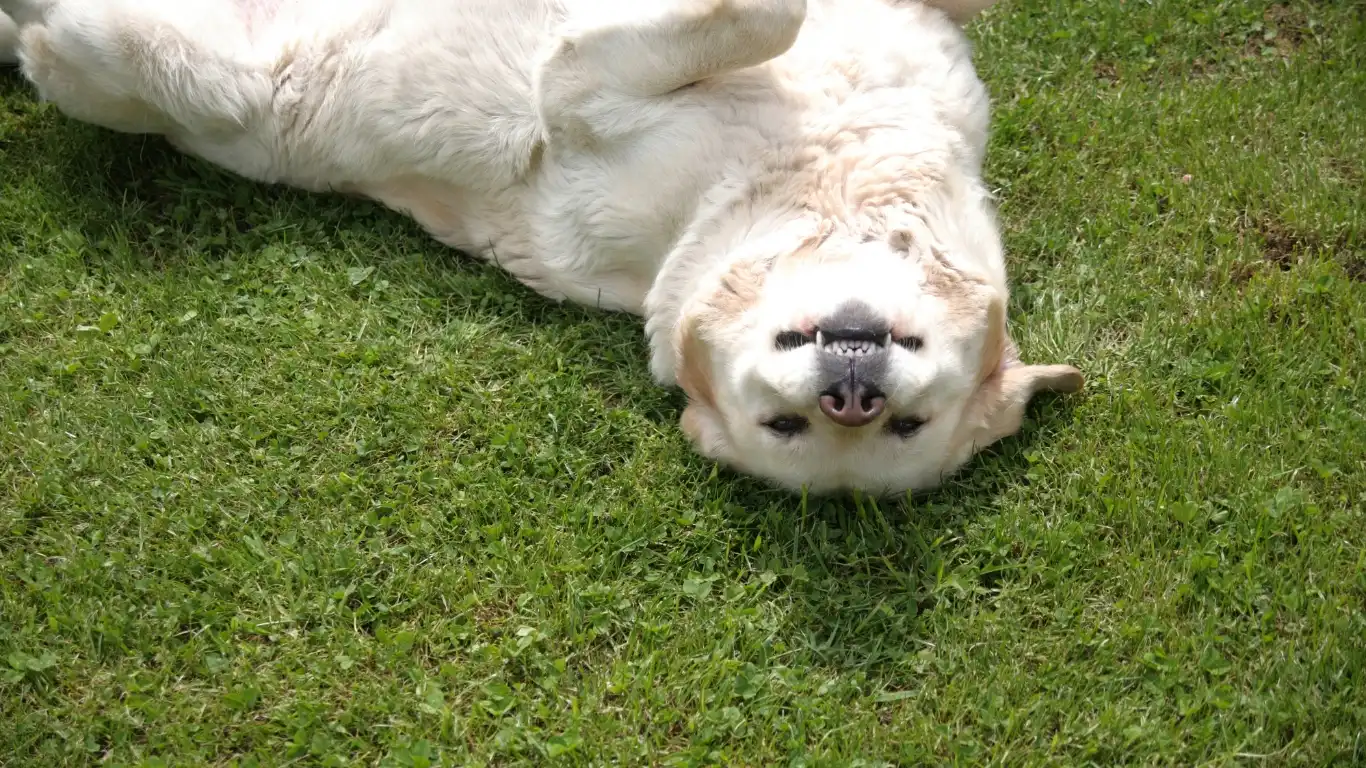
Signs of Motion Sickness in Dogs
How do you know if your dog is suffering from car sickness? While some signs are pretty obvious, others can be a bit more subtle. Here are a few common symptoms to watch out for:
- Drooling: If your dog suddenly starts drooling more than usual, it could be a sign that they’re feeling nauseous.
- Pacing: An anxious or restless dog that is pacing in the backseat may be experiencing discomfort.
- Vomiting: This is, of course, one of the more extreme signs, but it’s a clear indicator that your dog is not handling the motion well.
- Whining or whimpering: If your dog is vocalizing more than usual during the car ride, it might be a sign that they are stressed or uncomfortable.
- Stiff posture: Dogs experiencing motion sickness may sit upright or tense up as if trying to brace themselves against the movement.
How to Keep a Dog from Getting Car Sick: Prevention Tips
Luckily, there are several strategies you can use to help prevent your dog from getting car sick. By making some simple changes and incorporating a few new habits into your travel routine, you can significantly improve your dog’s travel experience.
1. Gradual Acclimation
If your dog has never been on a car ride or seems to struggle with motion sickness, the best approach is to gradually introduce them to the car. Start with short trips around the block and gradually increase the length of the ride. This will allow your dog to get used to the motion without overwhelming them. Make these trips fun—bring treats, praise them, and associate the car with positive experiences.

2. Avoid Feeding Before Travel
It’s best to avoid feeding your dog right before a car ride. If your dog’s stomach is full, it may exacerbate motion sickness. Try to feed them at least two hours before travel to give their stomach time to digest. If your dog has a sensitive stomach, consider feeding them a lighter meal or a snack that’s easier on their tummy before hitting the road.
3. Create a Calm Environment
Just like humans, dogs can experience anxiety when they’re in a car. Anxiety often worsens motion sickness. If your dog is nervous about car rides, creating a calm, stress-free environment can help. You can try using calming products such as dog pheromone sprays, calming music, or anxiety wraps. Additionally, having a familiar blanket or toy in the car can provide comfort and security to your dog during the ride.
4. Secure Your Dog Properly
Keeping your dog secure in the car isn’t just important for their safety—it can also help minimize the effects of car sickness. When a dog is allowed to roam freely in the car, the constant movement and bouncing can make their nausea worse. Consider using a dog seatbelt, crate, or pet carrier to keep them in place. The more stable they are, the less their body will have to adjust to the car’s motion, which can reduce the likelihood of car sickness.
5. Take Breaks on Longer Trips
If you’re going on a long road trip, be sure to take regular breaks. A break every 1 to 2 hours allows your dog to stretch their legs, drink water, and get some fresh air. This not only reduces the chances of motion sickness but also keeps your dog from becoming too stressed or restless in the car. During these breaks, you can take your dog for a short walk or let them out of the vehicle to give them a change of scenery.
When to Consult Your Veterinarian
If your dog continues to experience severe motion sickness despite your efforts, it may be time to consult your veterinarian. In some cases, there could be underlying health issues that are contributing to the problem, such as an ear infection, gastrointestinal issues, or anxiety disorders. Your vet may recommend medication or other treatments to help alleviate your dog’s symptoms during travel.

Additional Strategies to Help Your Dog Avoid Car Sickness
In addition to the tips we’ve already discussed, there are several more methods to help ease your dog’s car sickness. Some dogs may respond better to one strategy than another, so it’s important to try different approaches until you find the perfect solution for your pet. Keep in mind that every dog is unique, and with a little patience, you’ll discover what works best for your furry friend.
6. Use Dog-Specific Car Sickness Medication
When all else fails, you may want to consider speaking with your veterinarian about medications designed to prevent motion sickness in dogs. There are several options available that can help reduce nausea and discomfort during car rides. Some vets recommend antihistamines or prescription medications that target nausea specifically. These medications can be especially helpful for dogs who experience frequent or severe motion sickness.
In my experience, I’ve found that medication can be a game-changer for dogs who have a tough time with car rides. But it’s essential to remember that medication should be used as a last resort and under the guidance of a vet. Never give your dog any human medications, as some can be toxic to them. Always follow your vet’s instructions carefully!

7. Experiment with Diet and Supplements
What you feed your dog can have a significant impact on how well they handle car rides. If your dog suffers from car sickness, it’s worth exploring dietary changes or adding supplements to their daily routine. For instance, some dogs benefit from a high-quality diet that supports digestive health and reduces inflammation. Look for foods that are rich in Omega-3 fatty acids, which can help reduce nausea and calm their digestive system.
Additionally, some natural supplements may help ease car sickness. Ginger, for example, is known for its anti-nausea properties and can be found in many natural pet products. It’s often used as an ingredient in dog treats and powders that promote gastrointestinal health. Consult with your vet before adding any new supplements to your dog’s diet, just to be on the safe side.
8. Try Natural Remedies for Motion Sickness
If you prefer a more natural approach to preventing car sickness, there are several holistic remedies you can try. Essential oils, for instance, can be used to help calm your dog and reduce their anxiety during travel. Lavender and chamomile are two oils commonly used to promote relaxation. You can diffuse these oils in the car, or some pet-friendly options can be sprayed directly onto your dog’s collar or blanket.
Another popular natural remedy is the use of acupressure. This technique involves applying gentle pressure to specific points on your dog’s body, which can help reduce nausea and stress. There are even special acupressure bands made specifically for dogs that help with car sickness. You can either learn how to do this yourself or consult a holistic veterinarian to help guide you through the process.
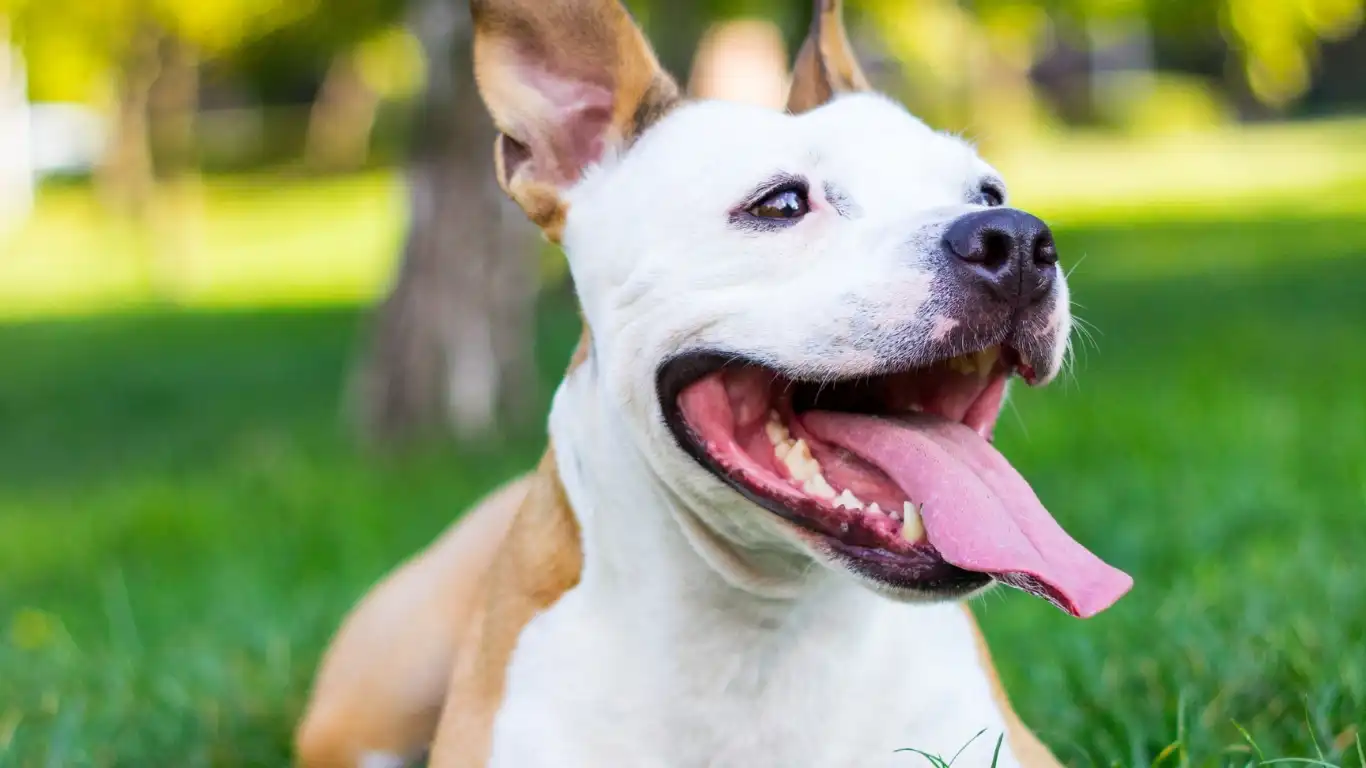
Preparing for Long Road Trips with Your Dog
Going on a road trip with your dog can be an exciting adventure, but for dogs prone to motion sickness, it requires a little extra preparation. A longer journey can be tough on a dog’s stomach, so it’s important to be extra mindful of their comfort and well-being. Here are some tips that can help ensure your dog has a more pleasant experience during long car rides:
9. Plan for Frequent Stops
As I mentioned earlier, taking regular breaks is crucial, especially on long trips. In my experience, I’ve found that taking breaks every couple of hours not only helps prevent motion sickness but also keeps your dog happy and comfortable. During these stops, let your dog stretch their legs, use the bathroom, and get some fresh air. This gives them a mental and physical break, which can reduce their anxiety and help alleviate car sickness symptoms.
If you’re traveling during the summer, be sure to plan your stops around places that are shaded or offer cool areas for your dog to rest. Dehydration and overheating can make car sickness worse, so make sure to keep water on hand and offer it to your dog during breaks.
10. Keep the Car Cool and Ventilated
Temperature plays a major role in your dog’s comfort during car trips. If the car is too hot or stuffy, your dog’s nausea may be intensified. I always make sure to keep the car well-ventilated, with a comfortable temperature for my dog. This can involve using the air conditioning or simply cracking the windows to let in fresh air. Make sure that your dog’s seat is not exposed to direct sunlight for prolonged periods, as this can make them feel even more uncomfortable.
Additionally, avoid letting your dog stick their head out of the window, as fun as it may look. While some dogs enjoy the breeze, it can lead to more motion sickness if they’re bouncing around or feeling overstimulated. I always recommend allowing your dog to stay inside the car, with their seat secured, for their safety and comfort.
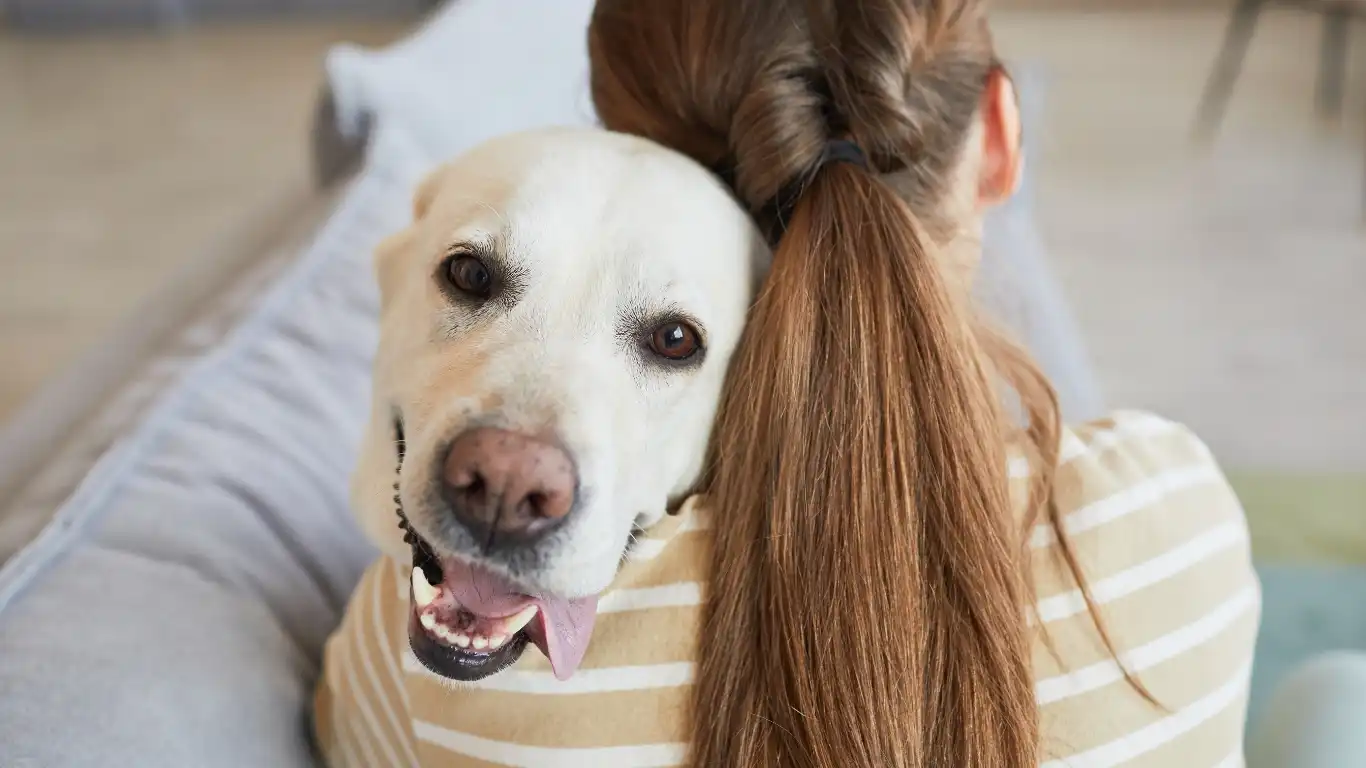
11. Use Calming Tools for the Journey
If your dog has a history of car sickness, it’s a good idea to use calming tools to help them stay relaxed and content throughout the journey. Items like dog seat covers, padded seats, or cushioned crates can make a world of difference in helping your dog feel more secure. There are also calming wraps or vests, like the Thundershirt, which can apply gentle pressure to help ease your dog’s anxiety. I’ve seen these work wonders for nervous dogs who are more likely to experience motion sickness due to stress.
Another great option is calming music or sounds. You can find playlists or apps specifically designed to soothe anxious dogs, and playing these during your ride can help your dog feel more at ease. I recommend experimenting with different options to see what works best for your dog!
When to Seek Professional Help for Dog Car Sickness
While most dogs can manage car sickness with the right strategies and preventative measures, there are times when professional help may be necessary. As a pet nutritionist and expert, I’ve encountered several cases where the usual tips and tricks simply didn’t work, and a deeper issue was at play. If your dog’s motion sickness seems severe, chronic, or doesn’t improve despite all your efforts, it might be time to reach out to your veterinarian for a more comprehensive solution.
Veterinarians can help rule out any underlying medical conditions that may be contributing to your dog’s motion sickness. Sometimes, issues like inner ear infections, gastrointestinal disorders, or vestibular system abnormalities can make dogs more susceptible to car sickness. By getting a professional diagnosis, you’ll be better equipped to address the root cause and find a more tailored treatment plan for your dog.
Understanding the Role of Anxiety in Motion Sickness
One of the factors that often goes unnoticed when dealing with dog car sickness is anxiety. Many dogs become anxious at the thought of going in the car, and this stress can worsen their symptoms. I’ve personally seen how anxiety can amplify motion sickness in pets. Some dogs associate car rides with trips to the vet or other stressful experiences, which causes them to feel uneasy or fearful in the car.
To help alleviate anxiety-induced motion sickness, it’s crucial to address the emotional aspect. Try using calming techniques like positive reinforcement, playing soothing music, or using calming collars or pheromone sprays. These calming aids can make a noticeable difference in reducing both anxiety and car sickness. If anxiety seems to be a major contributor to the motion sickness, behavioral therapy or medications prescribed by your vet might be worth considering.
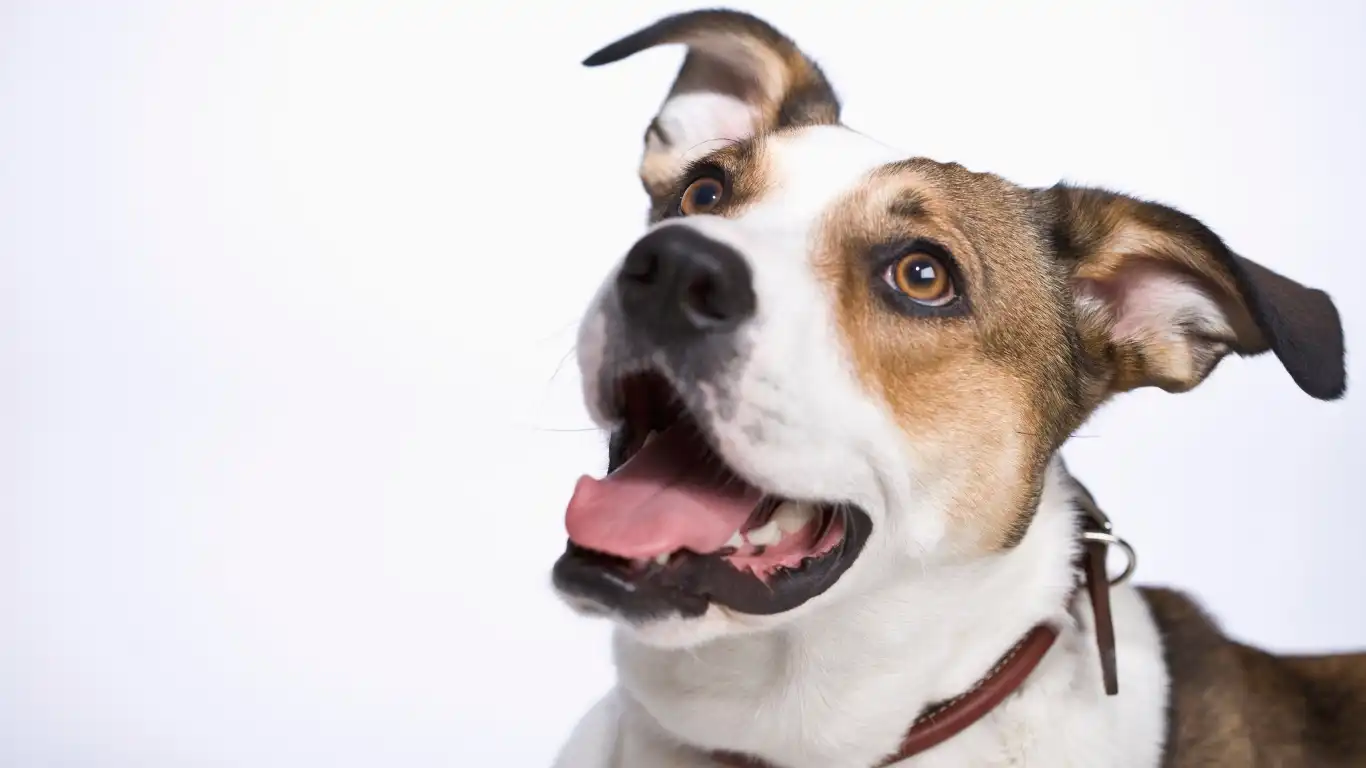
Using the Right Travel Accessories for Comfort
Sometimes, the key to keeping your dog comfortable and preventing motion sickness is all about having the right accessories. Many pet owners underestimate the importance of a dog-friendly travel setup, but investing in high-quality gear can go a long way in improving your dog’s experience on the road. For instance, having a travel crate or seat cover that provides extra cushioning can help minimize any jarring movements that might contribute to nausea.
One accessory that I highly recommend is a dog seat belt harness. This simple tool keeps your dog securely in place during the ride, reducing the chances of motion sickness. It also helps prevent any distractions while driving, allowing you to focus on the road while your dog stays safely seated. You can find different types of dog seat belts that attach to the car’s seatbelt system, providing your dog with both comfort and safety.
Another great investment is a pet travel carrier or booster seat, which can help elevate your dog to a better vantage point. This helps reduce the feeling of being confined and can prevent them from bouncing around in the car. I’ve seen firsthand how this small change can make a significant difference in how a dog feels on long trips.
Creating a Positive Association with Car Rides
In my experience, one of the most effective ways to combat car sickness is by helping your dog associate car rides with positive experiences. If your dog dreads being in the car, it can be hard for them to relax, even if they don’t feel physically sick. The key here is to turn car trips into something your dog looks forward to, rather than something to fear.
Start by taking your dog on short, pleasant rides to fun destinations. For example, take them to their favorite park, or a pet-friendly store, and reward them with treats and praise. Over time, your dog will begin to associate car rides with good things. Make sure to keep the environment calm and stress-free—avoid harsh reprimands or putting your dog in situations where they feel trapped. The goal is to create a relaxing atmosphere, which can help them feel more comfortable during longer trips.
Consider the Right Travel Time for Your Dog
Sometimes, the time of day that you travel can make a difference in how your dog reacts in the car. For example, dogs are often more relaxed in the morning or evening when they haven’t been cooped up in a vehicle for too long. If you know your dog tends to get car sick, try to schedule longer trips during times when your dog is usually more calm and settled.
Avoid traveling immediately after meals or during the hottest part of the day when your dog is likely to feel the most stressed or uncomfortable. Planning trips around your dog’s natural energy levels can help keep them more at ease and less prone to nausea. I personally recommend experimenting with different travel times to see if there’s a time that works better for your dog’s specific needs.
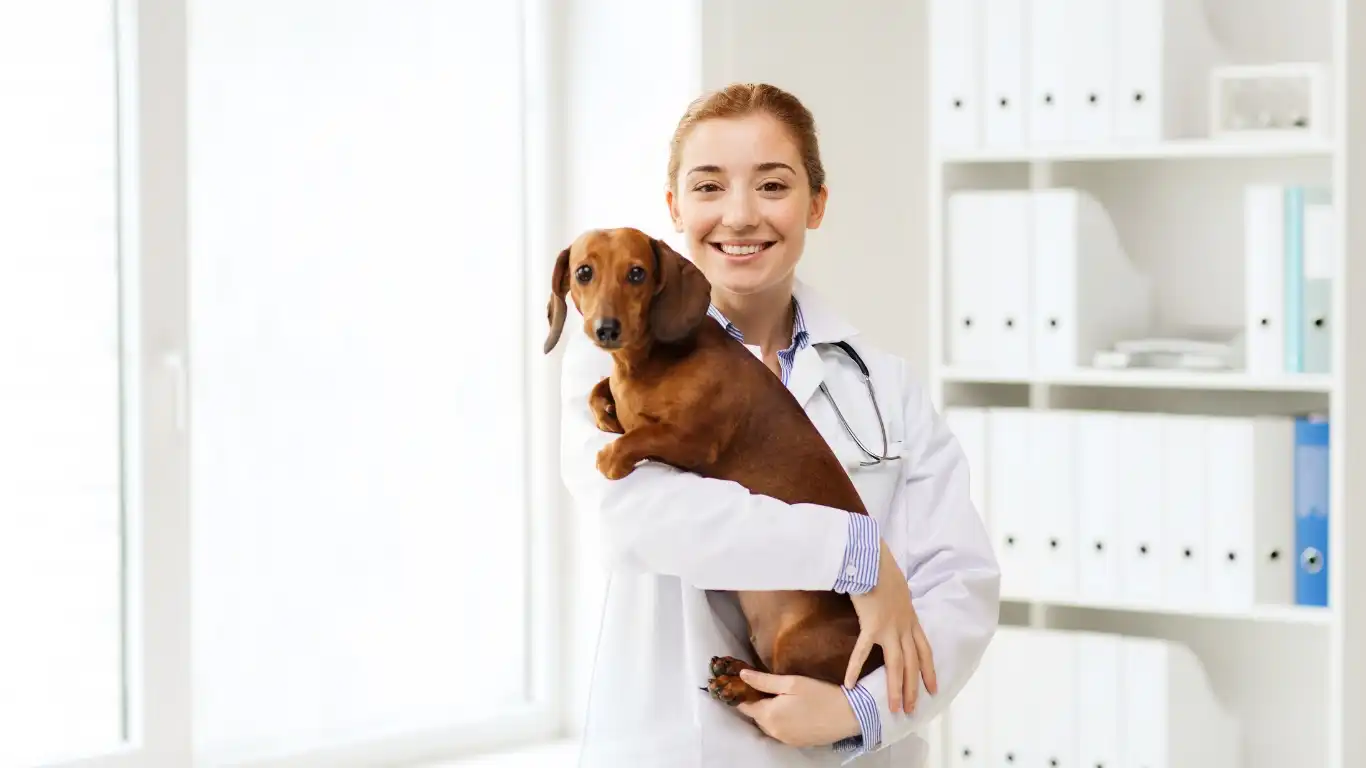
References
For more information on dog car sickness, consider checking out the following reliable sources:
- Google – Motion Sickness in Dogs
- PetMD – Car Sickness in Dogs
- American Kennel Club – Preventing Dog Car Sickness
Disclaimer
While I strive to provide helpful advice based on my experience as a pet nutritionist and expert, it’s important to note that each dog is unique. Always consult your veterinarian before implementing any new treatments, medications, or remedies for your dog’s car sickness. The information provided in this article is meant to supplement professional veterinary care and should not replace it.

